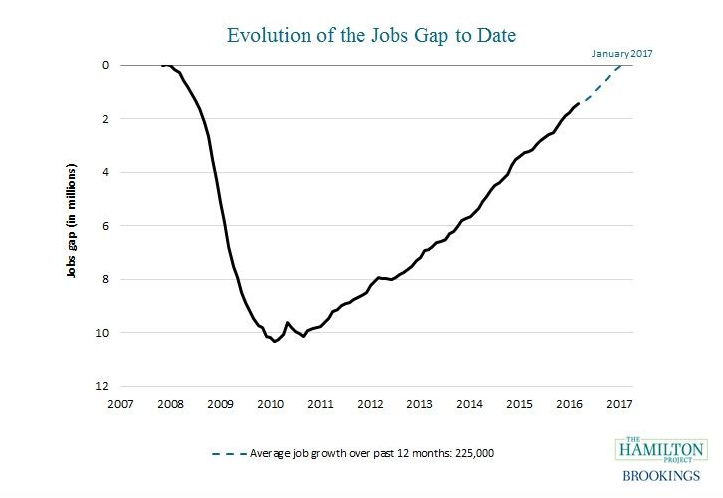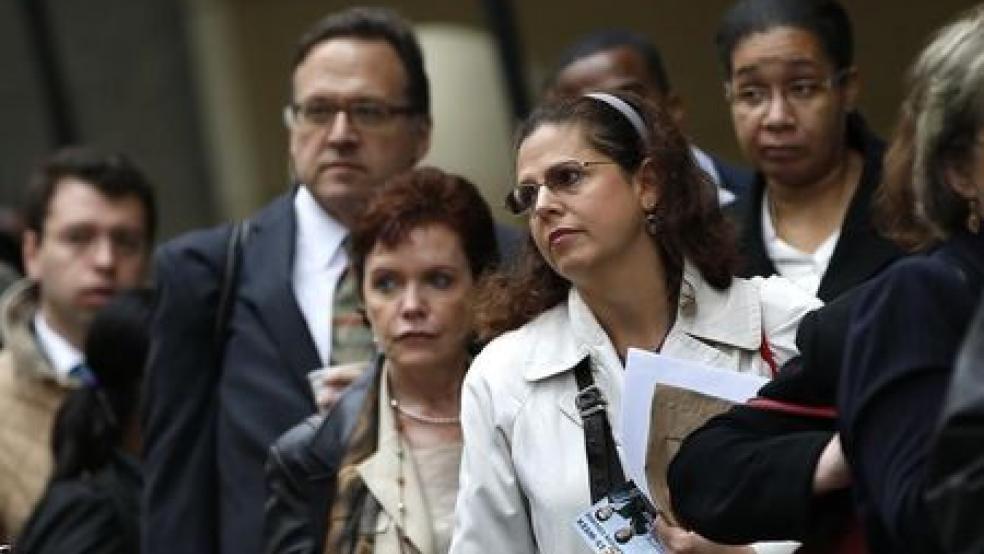In another solid monthly report, 215,000 new jobs were created in March, according to the preliminary estimate from the Bureau of Labor Statistics. The unemployment rate jumped to 5 percent – largely because people who were previously not even looking for jobs are returning to the labor force and are again counted as unemployed workers.
The average hourly earnings of workers remained on pace to grow by a respectable annualized pace of 2.3 percent – not enough to cause any inflationary shocks – and some economists expected that future growth may be somewhat muted if formerly discouraged workers continue returning to the workforce.
Related: The One Data Point that Could Determine Whether This Rally Lasts
However, the U-6 unemployment rate, a broader measure of unemployment in the US that accounts for both the under-employed and for people able to work but not currently looking for a job, remained high. It rose to 9.8 percent in March from 9.7 percent in February.
The 215,000 figure, wrote Paul Ashworth, of Capital Economics, “highlights once again that, even though GDP growth has been underwhelming over the past six months, the labor market remains unusually strong.”
As for the impact the report will have on the Federal Reserve’s decision about when to next increase interest rates, he said, “As far as the Fed is concerned, both the doves and the hawks can take something from this - wage growth remains muted, yet employment growth remains strong. Furthermore, we suspect it is the inflation figures rather than the labor market data that will determine the timing of the next interest rate hike. We expect the Fed to move next in June.”
The economy has now been adding nearly a quarter of a million jobs per month, on average, but in at least one sense, that’s less of a success story than it appears to be.
The economy is still feeling the effects of the Great Recession and faces what economists refer to as a “jobs gap.” That gap represents that difference between the number of jobs the country now has and the number it would need for employment levels to be at pre-recession levels while accounting for population growth.
Related: The US Economy Has Stalled, Again

According to the Hamilton Project at the Brookings Institution, the jobs gap still stands at 1.5 million. If growth continues at its present pace, the gap ought to be closed by January of next year – in other words, just in time for President Obama to hand off the Oval Office to his successor.





